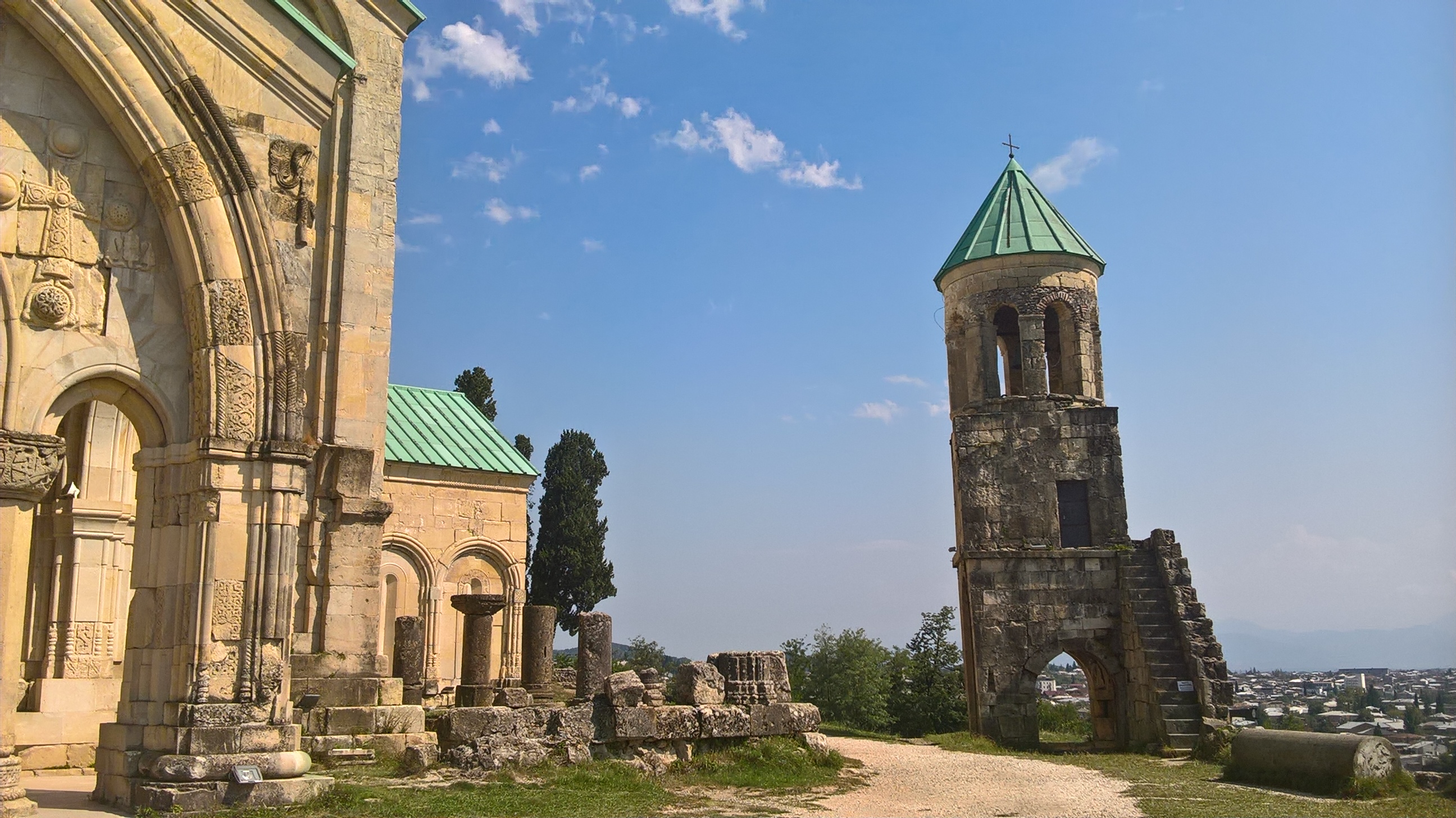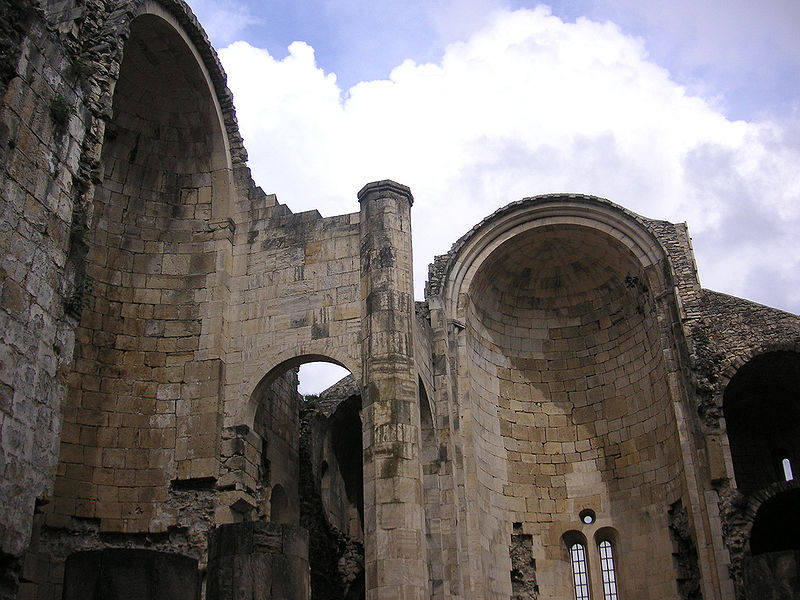BLOG
While in Kutaisi, a trip to the 11th century Bagrati Cathedral is well worth your time. You'll have to wind up through the cobbled streets of Ukimerioni Hill at the rear of the city, past charming old houses and almost into the wooded hills. The view across the Imereti plain is lovely and the building itself is certainly impressive.
Those people who are sticklers for original architecture (plus anyone associated with UNESCO) will not enjoy this visit. Wrapped in controversy, the renovations which took place here during ex-President Mikheil Saakashvili's "reign" up until 2012 lost the cathedral its place on the UNESCO List of World Heritage which it had held, together with Gelati Monastery, since 1994. At the time the building scandal hit, I was teaching English to the then-Minister of Culture and Monument Protection and got to see some of the operational side. As I understand it, a lot of renovation work was done in the 1950s-1990s (in Soviet times), under the leadership of Georgian architect Vakhtang Tsintsadze, and photos on display in the yard near the entrance attest to it. Before it was touched, it was a mere shell of a building, having been brought to near devastation in 1692, when Ottoman troops invaded the Kingdom of Imereti. The explosion caused the cupola and ceiling to collapse.
In 1994, Bagrati Cathedral, together with the Gelati Monastery, was included in UNESCO's World Heritage Site list as a single entity. In 2001, ownership of the cathedral was transferred from the Georgian state to the Georgian Orthodox Church.
Pre-restoration eastern wall of the Bagrati Cathedral seen in 2005 with its ceiling still collapsed
In 2010, under the leadership of Italian architect Andrea Bruno, Georgia began reconstruction works aimed at returning Bagrati Cathedral to its original state as a usable religious space. In July 2010, UNESCO added Bagratli Cathedral to its list of endangered world heritage sites in part because of the continuing reconstruction, which it feared would affect the structural integrity and authenticity of the site, though it recognized in 2011 that any steps made by the government to try to reverse some of the changes would essentially come too late. The government forged on, using as many original stones as physically possible and replacing the roof with metal which, while still bright green and offensive to many an eye today, is expected to dull beautifully with age. They also added a glass lift to the side of the building to allow those with physical limitations to be able to appreciate the details of the Cathedral. UNESCO removed Bagrati Cathedral from its World Heritage sites in 2017, considering its major reconstruction detrimental to its integrity and authenticity.

What stands today, though rejected by UNESCO, is a grand building used by the local Orthodox community as a regular worshiping space. The walls inside bear none of the original frescoes but it has been set up so you can clearly see original stone carvings and stones (both in the walls and floor),and the altar is covered with glass to protect the original stone beneath (NOTE: Religious tradition forbids any but church workers to step there, and no women save those getting married who are led there by the priest). As in any church in Georgia, women should wear headscarves (available in a box to the right of the entrance door) and use the black wraps if they are wearing skirts or shorts above the knee. And, as in any church in Georgia, you can enjoy the crafted icons in frames and buy candles to light below your saint of choice.

Scandal aside, Bagrati Cathedral makes a lovely place to visit and for that reason it is often touted as the symbol of the western Georgian city.
And if you get peckish after all the walking around and posing for photos, head across from the car park to the 'Our Garden' bar and cafe where you can sit under the trees or in the glass conservatory enjoying a view over the old part of town.
By Katie Ruth Davies

